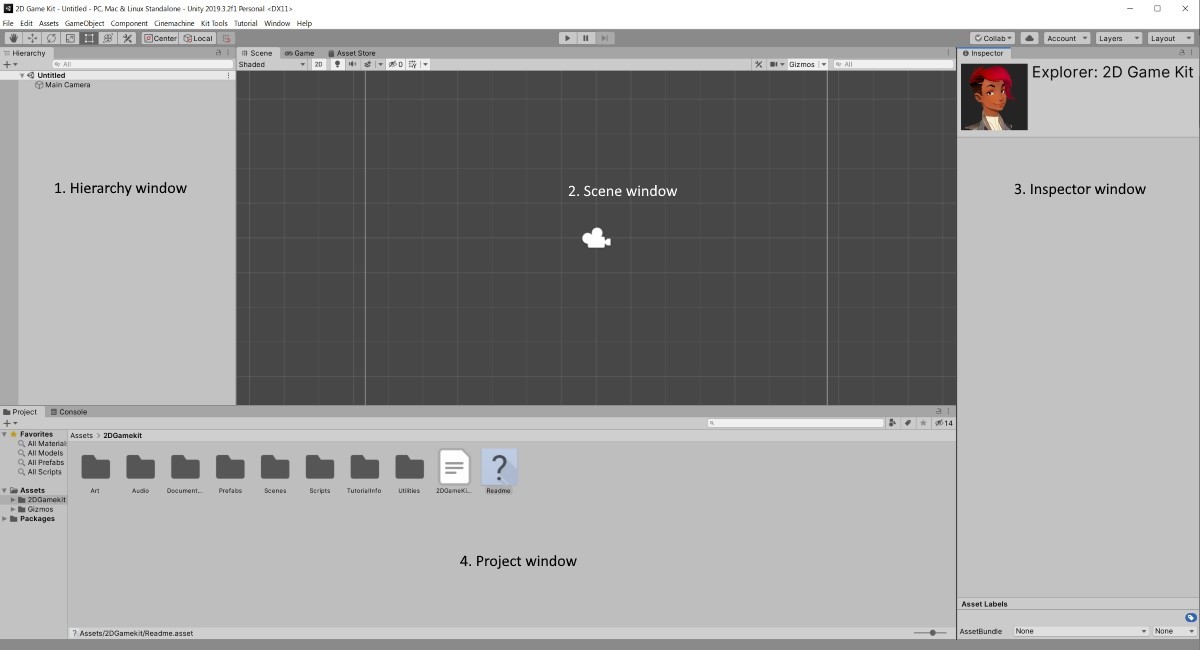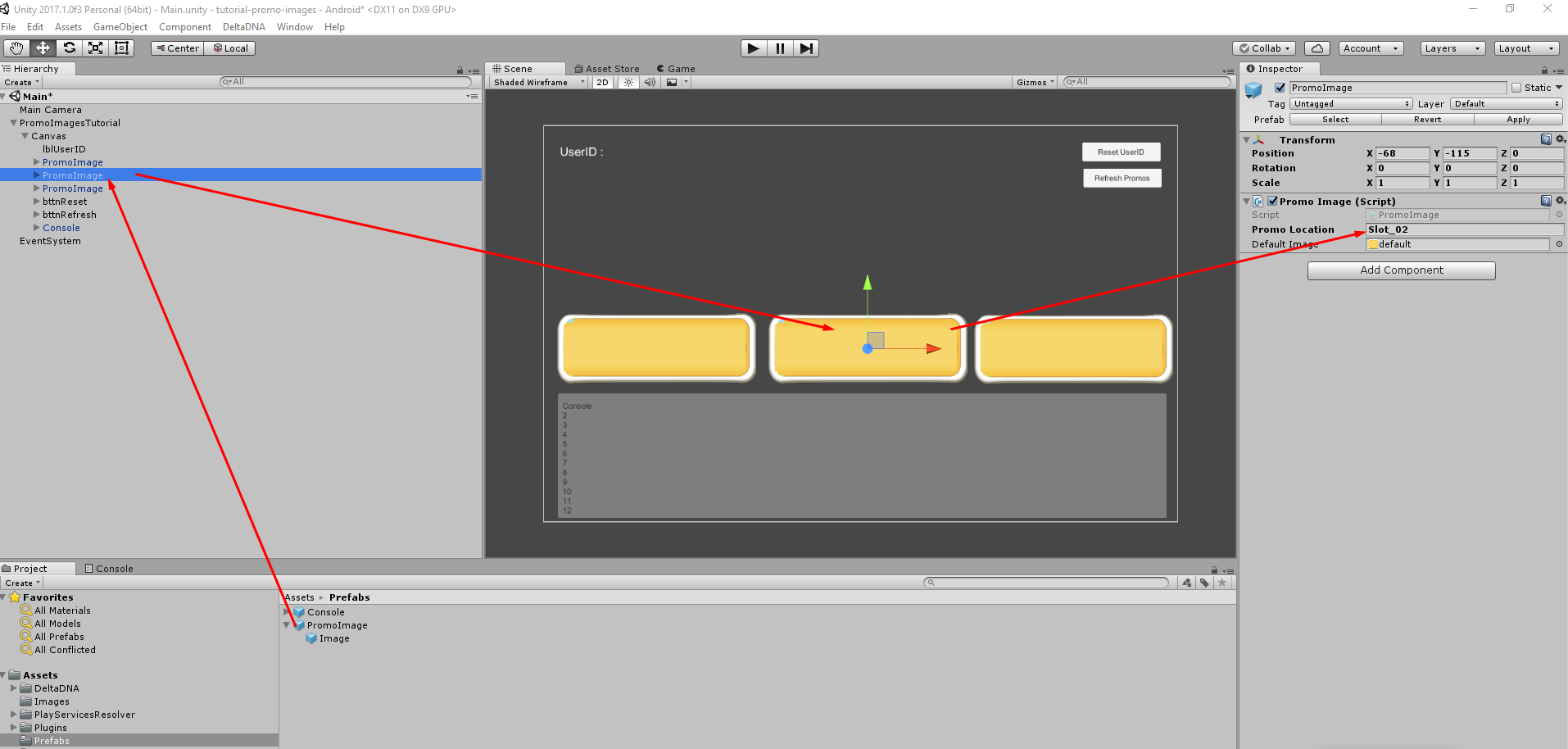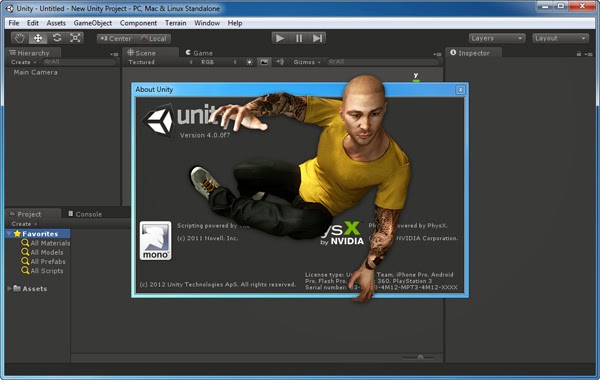

To install Unity on another computer using the downloaded components, copy the contents of the folder to the destination computer and execute the install script. In the folder, you will find the installer files for the components you selected and a script file ( install.bat on Windows or install.sh on Linux or OS X) that you can run to install the components. Navigate to the download location you specified. In Choose Download and Install locations, click the Download to radio button.Įnter a location in which to store the component installers. In Choose Components, select all of the components for which you are automating deployment. For pre-release versions of the installer, see the Beta programs page. Release versions of the installer are available from the Unity download archive. To download the components, you use the Unity installer to download the Unity components to a folder on your computer.ĭownload and run the installer. The components are normal installer executable programs and packages which you can use to automate the deployment of Unity. Finally, image effects can be applied on a scene view camera with a new ImageEffectAllowedInSceneView attribute.Ĭollectively, we think all of these small improvements will be very useful for improving your rendering pipelines.If you want to automate the deployment of Unity in an organization, you can install the Editor and other components from the command line.

On Metal, OpenGL and D3D9 platforms, we’ve implemented Alpha-to-coverage, and on iOS we now support multi-threaded rendering when using Metal graphics. Fast texture copies can be done with a new CopyTexture function, and proper support for uniform arrays as shader parameters has been added. Compute shaders can now be chained together via DispatchIndirect, compute buffer counters have been improved, and debug information can be used for compute shader debugging. We’ve also improved a series of low-level graphics features in this release. They work by allowing the GPU to treat 2D textures that share the same size and format as a single object.


If you’re a graphics programmer building your own shaders, 2D Texture Arrays can help you when you’re optimizing large scenes and implementing rendering systems generally.


 0 kommentar(er)
0 kommentar(er)
